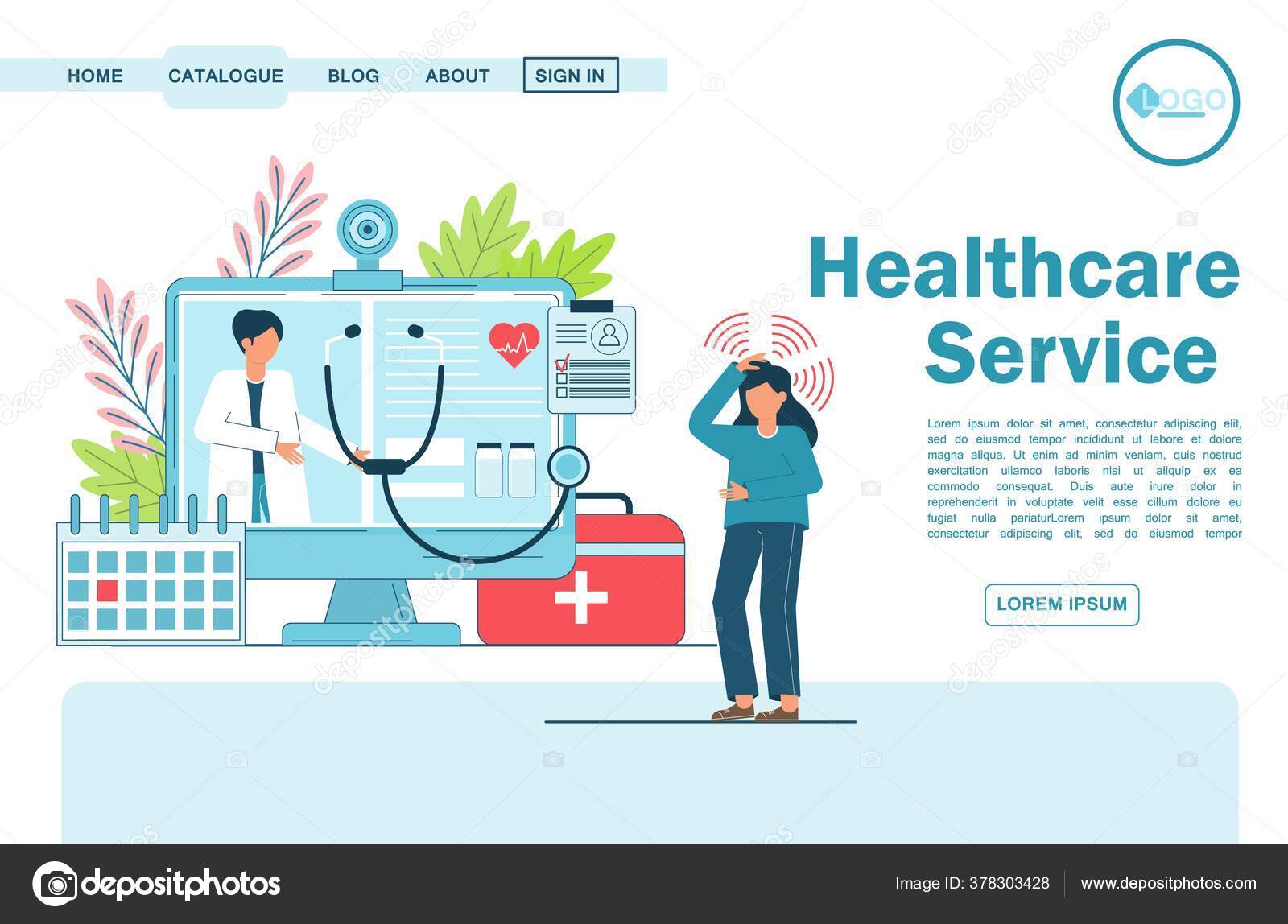The Future of Medicine: Exploring Subscription Based Healthcare Models
The Future of Medicine: Exploring Subscription Based Healthcare Models
Blog Article
Understanding the Cost-Effectiveness of Subscription-Based Health Care Models
As the health care landscape progresses, subscription-based designs arise as a compelling alternative, assuring to redefine just how people take care of clinical costs. Assessing these versions' cost-effectiveness requires a nuanced comparison with conventional insurance coverage, thinking about both financial implications and patient satisfaction.
Overview of Subscription-Based Versions
Subscription-based medical care designs, in some cases referred to as straight key treatment or concierge medication, are significantly getting attention as a potential remedy to inadequacies within standard healthcare systems. These versions run on the principle of offering people straight access to medical care providers via a regular monthly or yearly cost, bypassing the need for typical insurance policy systems. This arrangement aims to streamline patient-provider communications by reducing management burdens, which usually impede timely and tailored care.
At the core of subscription-based designs is the focus on a much more customized person experience. Clients profit from enhanced access to their doctors, frequently consisting of next-day or same-day visits, extended appointment times, and direct communication networks such as phone or video clip calls. This design cultivates a proactive technique to medical care, where patients and carriers can collaboratively focus on preventative treatment and persistent condition management.

Expense Contrast With Traditional Insurance Coverage

One of the primary financial advantages of subscription models is openness in costs. Patients pay a foreseeable cost, which can streamline budgeting and economic preparation. Furthermore, these designs normally get rid of co-pays and deductibles for covered services, reducing out-of-pocket spending. Alternatively, typical insurance policy might be a lot more helpful for individuals needing specialized care or expensive therapies not covered under a registration design, as they take advantage of the broader coverage network and cost-sharing devices.
Nevertheless, cost-effectiveness is context-dependent. While membership versions could offer cost savings for those primarily requiring primary treatment, people with chronic problems or specialized medical care requirements could find standard insurance a lot more comprehensive. As a result, evaluating certain healthcare demands and possible use is important in establishing one of the most affordable choice for people.
Influence On Patient Fulfillment
Person contentment within subscription-based health care designs commonly shows a considerable improvement over traditional insurance policy systems. Unlike standard systems, where clients might experience hold-ups in getting care, subscription-based versions make certain more timely and straight interactions with healthcare providers.
In addition, the transparency in costs Full Article connected with subscription-based health care reduces the usual irritations connected to unanticipated charges and complex invoicing processes seen in traditional insurance policy (subscription based healthcare). Clients value understanding the specific monetary dedication upfront, resulting in raised depend on and self-confidence in their health care monitoring
Furthermore, the emphasis on precautionary treatment and wellness in registration models adds to boosted health and wellness click now outcomes, better enhancing individual complete satisfaction. By concentrating on ongoing health and wellness upkeep as opposed to episodic care, people experience a more constant and alternative healthcare trip.
In addition, the enhanced provider-patient connection cultivated in these models, identified by even more time invested per individual and individualized attention, plays a vital role in raising individual satisfaction levels, as clients feel really taken care of and recognized.
Provider Experiences and point of views
From the supplier's point of view, subscription-based medical care models offer a transformative method to providing medical services. These models emphasize a positive and preventative healthcare technique, enabling companies to concentrate on detailed individual care without the restrictions of conventional fee-for-service arrangements (subscription based healthcare). This shift in emphasis usually causes boosted individual end results and raised copyright contentment, as medical care experts can assign more time and sources to individual interaction and customized care strategies
In addition, membership models facilitate foreseeable income streams, which enhance economic security for health care companies. This predictability enables boosted source planning and appropriation, adding to a more reliable health care shipment system. Suppliers can spend in team training, facilities, and technology renovations, thus boosting the quality of treatment offered.
However, the transition to subscription-based visit homepage models is not without difficulties. Regardless of these difficulties, several service providers discover that the benefits of enhanced individual communication and structured operations surpass the first obstacles, making subscription-based versions an eye-catching alternative.
Future Leads and Obstacles

A main challenge is governing compliance, as subscription versions need to follow progressing health care policies and insurance policy demands. This necessitates continual adaptation and technology to make sure alignment with lawful standards. In addition, incorporating these designs right into existing health care infrastructures can be complicated, requiring considerable investments in innovation and training.
There is also the prospective threat of producing injustices in healthcare gain access to, as registration designs could favor those who can manage them, leaving susceptible populaces underserved. Resolving this requires thoughtful factor to consider of pricing methods and aid mechanisms to ensure inclusivity.
Final Thought
Subscription-based medical care versions offer a sensible choice to typical insurance by offering financial predictability and openness, specifically profiting people with persistent conditions or frequent medical care demands. The cost-effectiveness of these versions is contingent upon specific medical care use patterns and scenarios.
Subscription-based health care models, in some cases referred to as direct key treatment or concierge medicine, are increasingly gaining interest as a potential solution to inefficiencies within typical health care systems. Unlike conventional systems, where clients could experience delays in receiving treatment, subscription-based designs guarantee more timely and straight communications with health care service providers.
These models stress a preventative and proactive medical care technique, allowing carriers to focus on comprehensive individual care without the restrictions of standard fee-for-service setups. As these versions continue to gain grip, they offer the possible to transform patient accessibility to care, streamline service distribution, and optimize medical care spending.Subscription-based health care models provide a viable option to traditional insurance coverage by offering monetary predictability and openness, particularly profiting individuals with persistent problems or frequent medical care needs.
Report this page